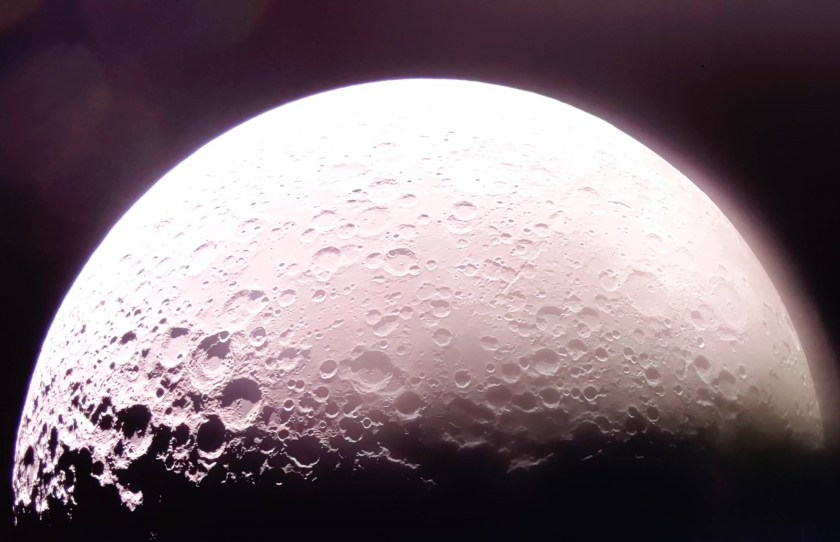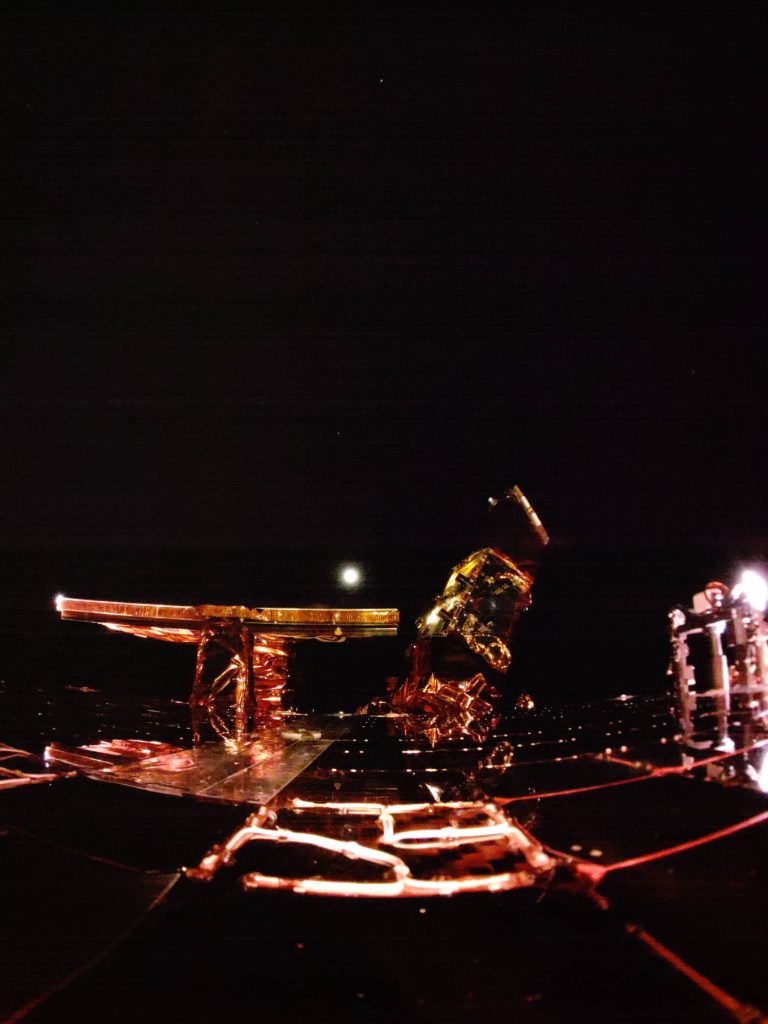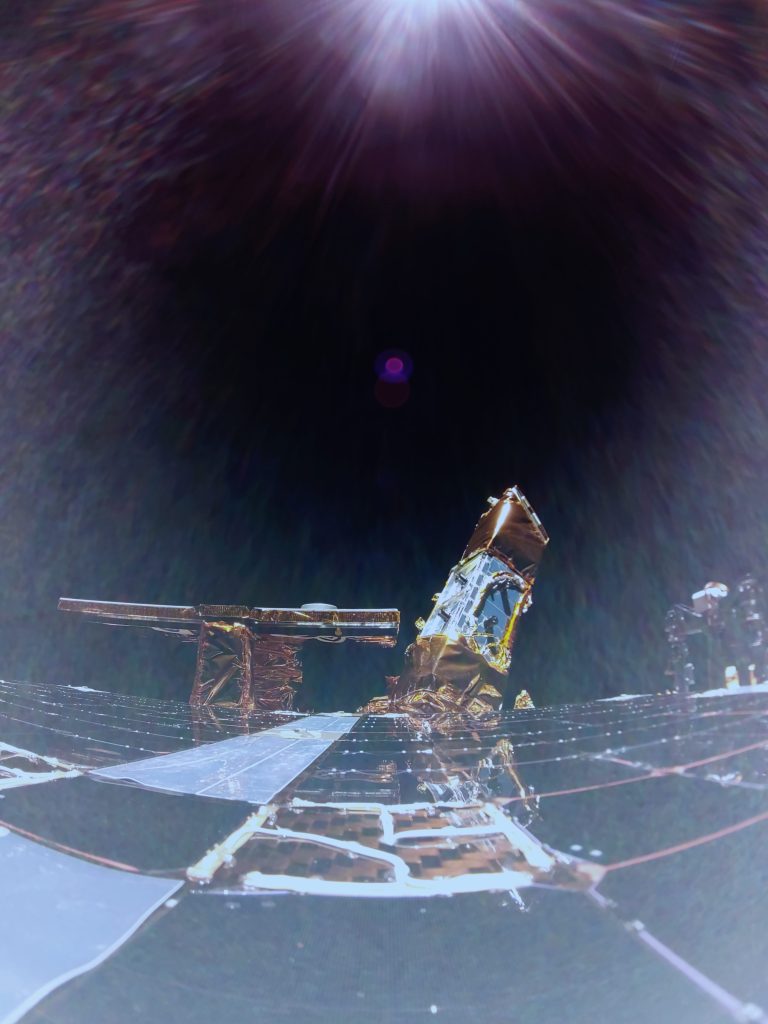Firefly’s Blue Ghost Mission 1 is nearly one week away from its Moon landing on Sunday, March 2, after launching on Jan.15. In preparation for landing, Blue Ghost will complete its final lunar orbit maneuver scheduled for Monday, Feb. 24. This maneuver will insert Blue Ghost into a near-circular low lunar orbit, bringing the lander closer to the lunar surface. Then about one hour before touchdown, Blue Ghost will complete its Descent Orbit Insertion burn, which will initiate the lander’s descent trajectory toward its landing site, Mare Crisium, on the near side of the Moon.
Live coverage of the landing, jointly hosted by NASA and Firefly, will air on NASA+ starting at 2:30 a.m. EST, approximately 75 minutes before Blue Ghost touches down on the Moon’s surface. Learn how to watch NASA content through a variety of platforms, including social media. The broadcast will also stream on Firefly’s YouTube channel. Coverage will include live streaming and blog updates as the descent milestones occur.
All 10 NASA instruments on this flight are currently healthy and ready to operate on the lunar surface. The payloads that are able to power on and operate have also collected some noteworthy data during lunar transit. Two highlights include:
The Lunar GNSS Receiver Experiment (LuGRE) acquired and tracked Global Navigation Satellite System (GNSS) signals for the first time in lunar orbit – a new record! This achievement, peaking at 246,000 miles, suggests that Earth-based GNSS constellations can be used for navigation in transit to, around, and potentially on the Moon. It also demonstrates the power of using multiple GNSS constellations together, such as GPS and Galileo, to perform navigation. After lunar landing, LuGRE will operate for 14 days and attempt to break another record – first reception of GNSS signals on the lunar surface.
The Lunar Environment Heliospheric X-ray Imager, or LEXI, telescope was turned on successfully shortly after launch on Jan. 15. The instrument has operated for several hours every day conducting checkouts and initial commissioning, operating for a total of more than 50 hours so far in preparation for collecting images from the lunar surface.
Follow along on NASA’s Artemis Blog as Blue Ghost Mission 1 continues its journey to the Moon. Additional mission updates can also be found on Firefly’s Blue Ghost Mission 1 page.









